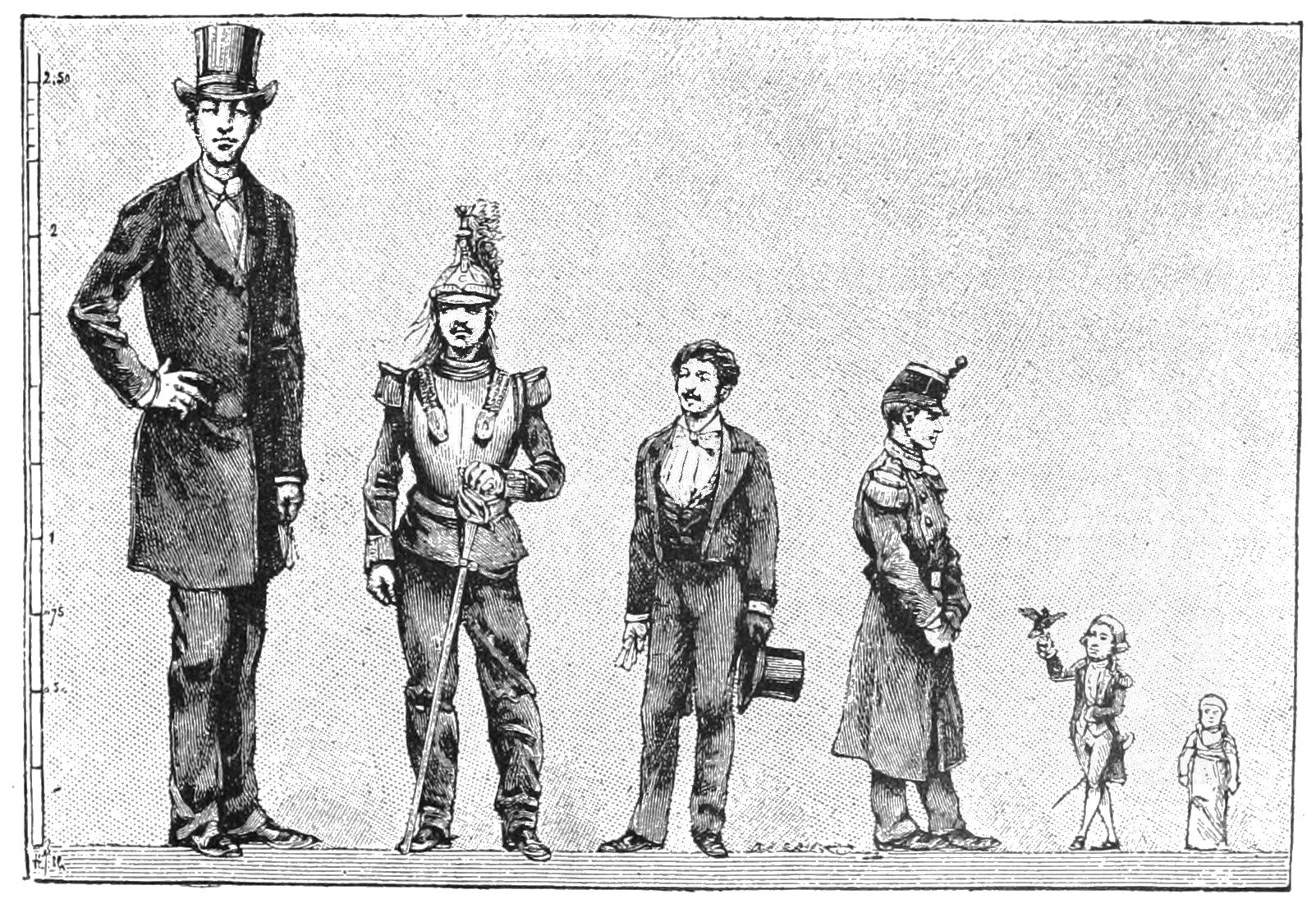Anthropometric history and the measurement of wellbeing
Bernard Harris (University of Strathclyde)
This paper was presented at the EHS Annual Conference 2019 in Belfast.

Interest in the history of human height, and other anthropometric indicators, has increased dramatically over the last four decades. Most of the earliest studies were based on measurements obtained from living subjects but increasing use has also been made of skeletal evidence (see for example, Steckel et al, 2019).
The development of the field reflects James Tanner’s conception of height as a ‘mirror of the condition of society’. The growth of children, he wrote, ‘is a wonderfully good gauge of living conditions and the relative prosperity of different groups in a population’ as well as an effective form of health screening (Tanner, 1987).
The use of height as a measure of human welfare can be traced back at least as far as the first half of the nineteenth century. In 1829, the French physician, Louis-René Villermé, argued that ‘human height becomes greater and growth more rapid… as a country is richer…. The circumstances which accompany poverty delay the age at which complete stature is reached and stunt adult height’ (Tanner, 1981).
During the 1980s and 1990s, Roderick Floud (1984), John Komlos (1987) and Richard Steckel (1992) all highlighted the value of height as a measure of human ‘wellbeing’. For Steckel, ‘average height is also conceptually consistent with [Amartya] Sen’s framework of functionings and capabilities though, of course, height registers primarily conditions of health during the growing years as opposed to one’s status with regard to commodities more generally’.
My paper at the Economic History Society’s 2019 annual conference revisits some of these arguments to ask whether studies of height still provide a general guide to the wellbeing of past societies. It starts by looking at the background to the development of the field before considering some possible challenges.
These include debates over the reliability of historical height data, the nature of human growth and the proximate determinants of variations in human stature. The paper also explores the extent to which these variations can also be associated with indicators of future wellbeing.
References
Floud, R (1984) ‘Measuring the transformation of the European economies: income, health and welfare’, CEPR Discussion Paper No. 33.
Komlos, J (1987) ‘The height and weight of West Point cadets: dietary change in antebellum America’, Journal of Economic History 47: 897-927.
Steckel, RH (1992) ‘Stature and living standards in the United States’, in R Gallman and J Wallis (eds) American economic growth before the Civil War, University of Chicago Press.
Steckel, RH, CS Larsen, CA Roberts and J Baten (eds) (2019) The backbone of Europe: health, diet, work and violence over two millennia, Cambridge University Press.
Tanner, J (1981) A history of the study of human growth, Cambridge University Press.
Tanner, J (1987), ‘Growth as a mirror of the condition of society: secular trends and class distinctions’, Pediatrics International 29: 96-103.

